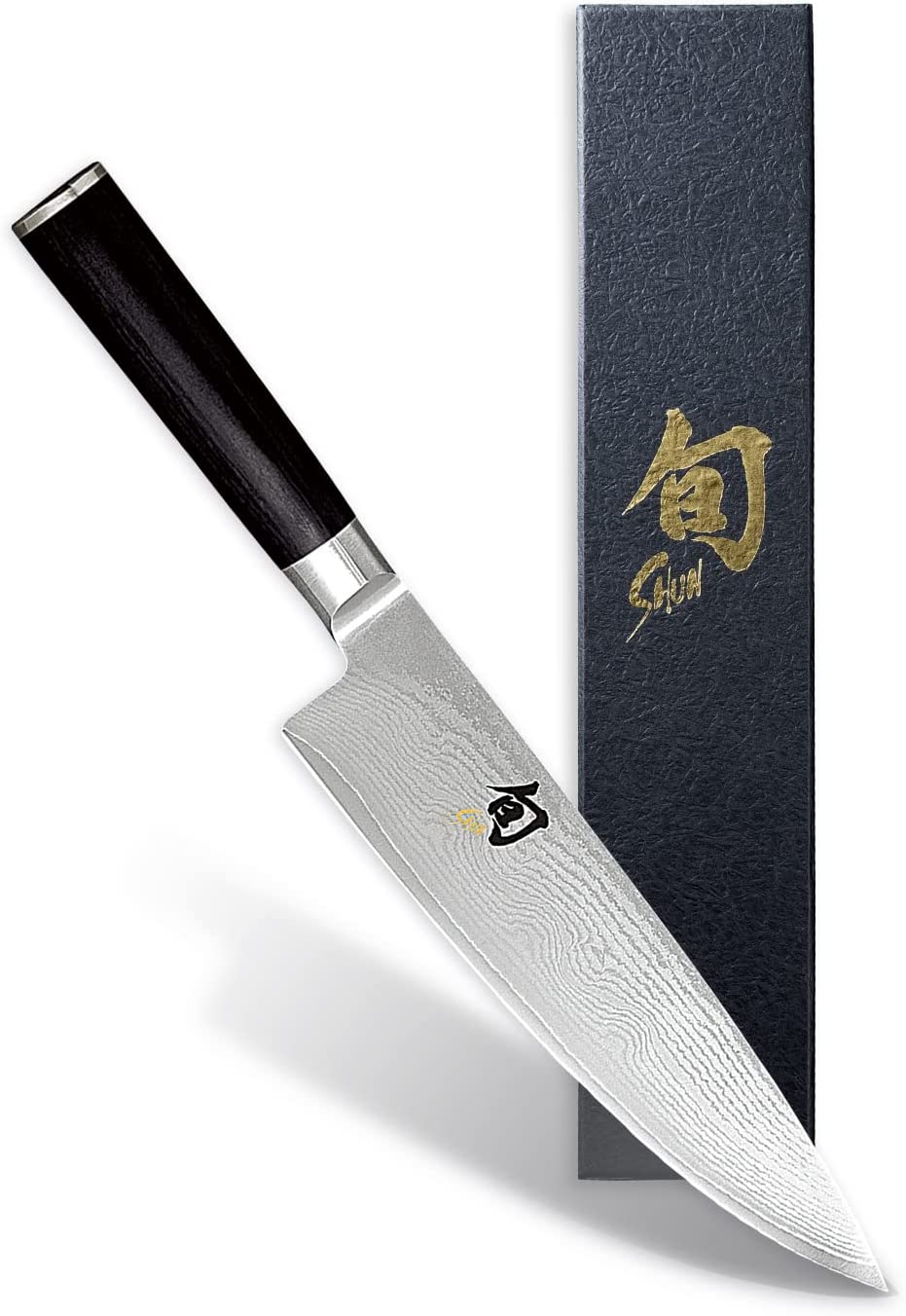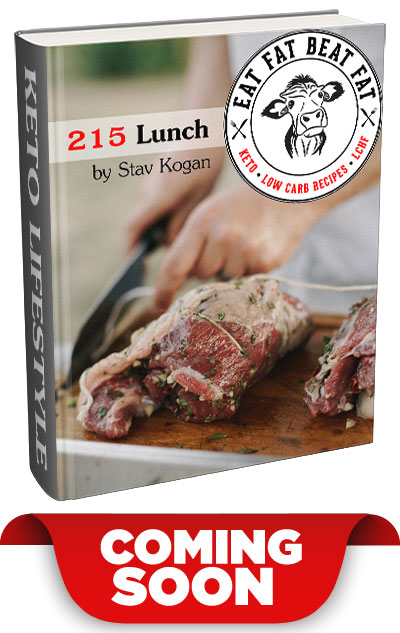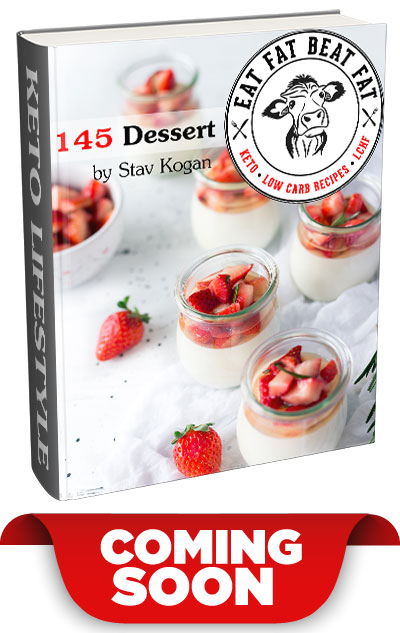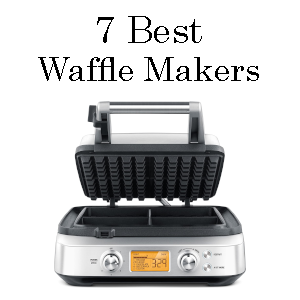5 Best Japanese Knives
Japanese knives are coveted for their beautiful and detailed design, as well as the cuts they produce. Their blades are typically thin and delicate, and prone to breaking if you don’t take care of them properly — not ideal for the clumsy chef. They allow for thin, precise cuts and beautiful presentation; the ones you’d find in a five-star sushi restaurant.
Vincent Lau, the sole knife sharpener at Korin, a Japanese knife store in lower Manhattan, says the reason Japanese knives have become so popular around the world is for the very reason they’re integral in Japanese cuisine: To enhance and preserve the ingredients, and accentuate the flavor of the dish.
Are Japanese knives better than German knives?
Japanese knives are generally lighter and sharper than their German counterparts. Since they’re thinner, they’re a little more prone to the tip breaking or the blade chipping, so Japanese knives tend to need more maintenance. Their thin, light construction makes Japanese knives great for fine, delicate tasks, like cutting vegetables or slicing fish. “Sushi is a prime example,” says Lau. “You don’t cook it, so the freshness of the ingredients and how you prep it, is how you distinguish a great sushi chef and a mediocre one.”
German knives, meanwhile, are often heavy and bulky, but also more sturdy with thicker blades that require sharpening more for good edge retention.. German knives are good for more heavy duty tasks, like breaking down chicken. Ultimately, which knife is better is based on need and preference.
What is the best Japanese knife?
The best Japanese knife is the knife that works best for you. When shopping for knives, Lau first asks his customers what they’ll be using their knives for. Professional chefs and home cooks typically have different needs: Professional chefs tend to use their knives upwards of 40 hours of week, while home chefs typically use them for about twenty minutes a day to prep dinner.
With that in mind, he recommends heavy-duty blades that have better edge retention to professional chefs, like the Korin Special Orange Handle knives. Lau adds that “yanagis” are popular amongst Japanese sushi chefs. They’re traditional Japanese slicers that feature a single edge blade. Unlike Western style Japanese knives that have a double edge, single edge knives can achieve a super sharp cutting edge, perfect for the most clean cuts.
For home chefs, Lau recommends a kitchen knife that’s easy to sharpen because “a knife you can’t sharpen is just a useless piece of metal,” he says. Inox Honyaki knives from the Suisin brand are a great pick. Aside from ease of sharpening, Lau recommends holding the knife to see what feels right for you. The shape of the handle and heft of the knife are factors to consider.
-
Best Overall Japanese Knife: Shun Classic 8
-
Best Value Japanese Knife: Global 8-inch, 20 cm Chef’s Knife
-
Longest-Lasting Japanese Knife: Miyabi 34373-203 Chef’s KnifeSturdiest Japanese Knife: KUMA 8-inch Chef Knife
-
Best Japanese Knife for Cutting Vegetables: Mac MTH-80 Professional Hollow Edge Chef’s Knife



















